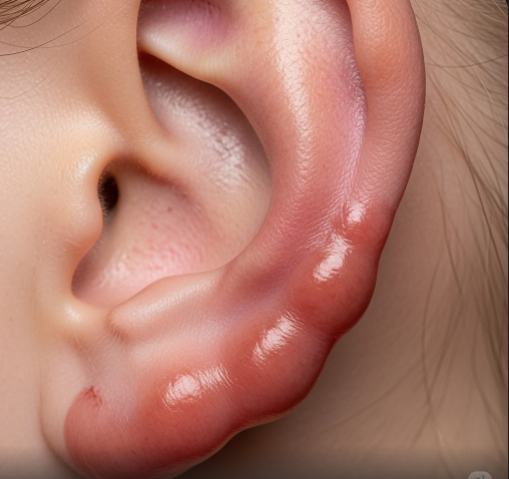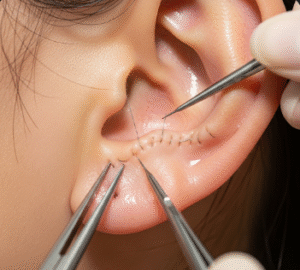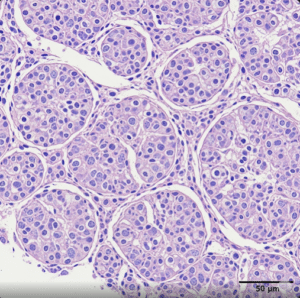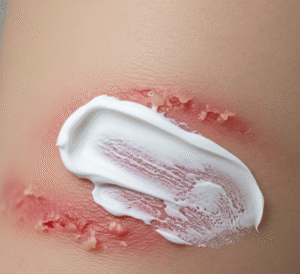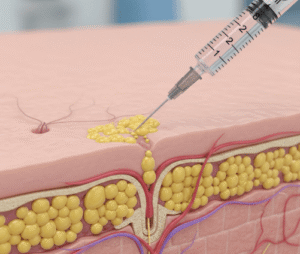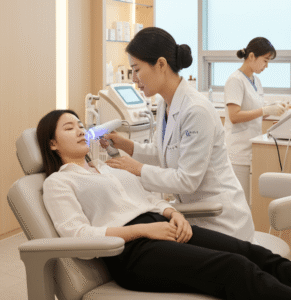Overview
Keloid on the ear is a common but challenging condition characterized by the formation of thick, raised scars that develop after skin injury or piercing. These scars result from an abnormal healing process where the body produces excess collagen, leading to tissue growth beyond the original wound boundaries. Ear keloids are particularly prevalent because ears are frequently pierced and are prone to trauma and irritation. Although benign, keloids can cause cosmetic concerns, discomfort, and sometimes psychological distress due to their appearance. South Korea, renowned for its advanced aesthetic and reconstructive treatments, offers cutting-edge therapies to effectively manage ear keloids, combining surgical precision with innovative non-surgical options to minimize recurrence and restore natural ear contours.
What Is Keloid on Ear?
A keloid is an overgrowth of scar tissue that extends beyond the edges of the original skin injury. Unlike regular scars, keloids do not regress and often continue to grow over time. On the ear, keloids most commonly develop after ear piercings, but they can also form due to burns, cuts, surgical incisions, or other trauma. The resulting scar is typically raised, firm, and can vary in color from pink to dark brown, depending on skin tone. Ear keloids can affect any part of the external ear but are most frequently found on the earlobe or helix where piercings are common.
Symptoms
- Raised, thickened scar tissue on the ear surface
- Firm and rubbery texture to the scar
- Pink, red, or darker coloration than the surrounding skin
- Persistent itching, tenderness, or pain in the affected area
- Cosmetic deformity, including enlargement and distortion of the ear shape
- Occasionally, reduced ear mobility if the keloid is large or stiff
- Psychological effects such as self-consciousness or social anxiety due to visible deformity
Causes
Keloids form due to an abnormal wound healing response where fibroblasts produce excessive collagen, a protein that gives skin its strength and structure. This overproduction leads to raised scars that can extend beyond the original wound. On the ear, common causes include:
- Ear piercings, especially if complicated by infection or repeated trauma
- Surgical procedures involving the ear
- Burns, cuts, or blunt injuries to ear tissue
- Inflammation or skin irritation from earrings or other external factors
Risk Factors
Certain factors increase the likelihood of developing keloids on the ear:
- Genetic Predisposition: A family history of keloids significantly raises risk.
- Skin Tone: People with darker skin tones—such as those of African, Asian, or Hispanic descent—are more prone to keloids.
- Age: Younger individuals, particularly between 10 and 30 years old, are at higher risk due to more active skin cell regeneration.
- Location and Type of Injury: High-tension areas like the ear lobe or helix, especially after piercing, increase risk.
- Repeated Trauma or Irritation: Continuous friction, scratching, or infection can worsen scar formation.
Complications
While keloids are benign, they can cause several problems:
- Persistent itching, tenderness, or even pain that may affect daily comfort
- Significant cosmetic deformity resulting in psychological distress or reduced self-esteem
- Recurrence after treatment, often with the scar growing larger than before
- Restricted ear movement if the keloid is extensive
- Secondary infections if the keloid skin breaks down
Prevention
Preventing keloids on the ear involves minimizing injury and promoting proper wound care:
- Avoid unnecessary or multiple ear piercings, especially in high-risk individuals
- Choose professional piercing studios with sterile techniques to reduce infection risk
- Apply proper aftercare, including cleaning and avoiding trauma to the piercing site
- Avoid irritation from earrings, such as heavy or allergic materials
- Seek early treatment if any abnormal scar tissue begins to form
Treatment Options in Korea
Korea is globally recognized for its expertise in managing keloids, with advanced multidisciplinary approaches available:
- Surgical Excision: Carefully removing the keloid tissue with precise techniques to minimize trauma and scar formation. Surgery is often combined with other therapies to reduce recurrence.
- Intralesional Corticosteroid Injections: Steroids injected directly into the keloid reduce inflammation and collagen production, helping flatten the scar and relieve symptoms like itching and pain.
- Silicone Gel Sheets and Dressings: Applied post-treatment, these maintain hydration and protect the scar, improving healing and preventing recurrence.
- Laser Therapy: Fractional CO2 or pulsed dye lasers help reduce redness, size, and thickness of keloids by remodeling scar tissue and stimulating healthy skin growth.
- Radiation Therapy: Low-dose radiation following surgical removal is used in select cases to prevent regrowth by inhibiting fibroblast proliferation.
- Cryotherapy: Freezing the keloid tissue to reduce size and texture irregularities.
- Pressure Therapy: Custom ear molds or pressure earrings apply continuous pressure to flatten keloids, often used after surgery.
- Emerging Treatments: Korean research centers also explore novel therapies like immunomodulators, interferons, and stem cell approaches.
The key to successful treatment is an individualized plan combining multiple modalities, expert evaluation, and careful follow-up to monitor and prevent recurrence. Korean specialists prioritize natural aesthetic results, ensuring minimal visible scarring and restoring ear contour.

